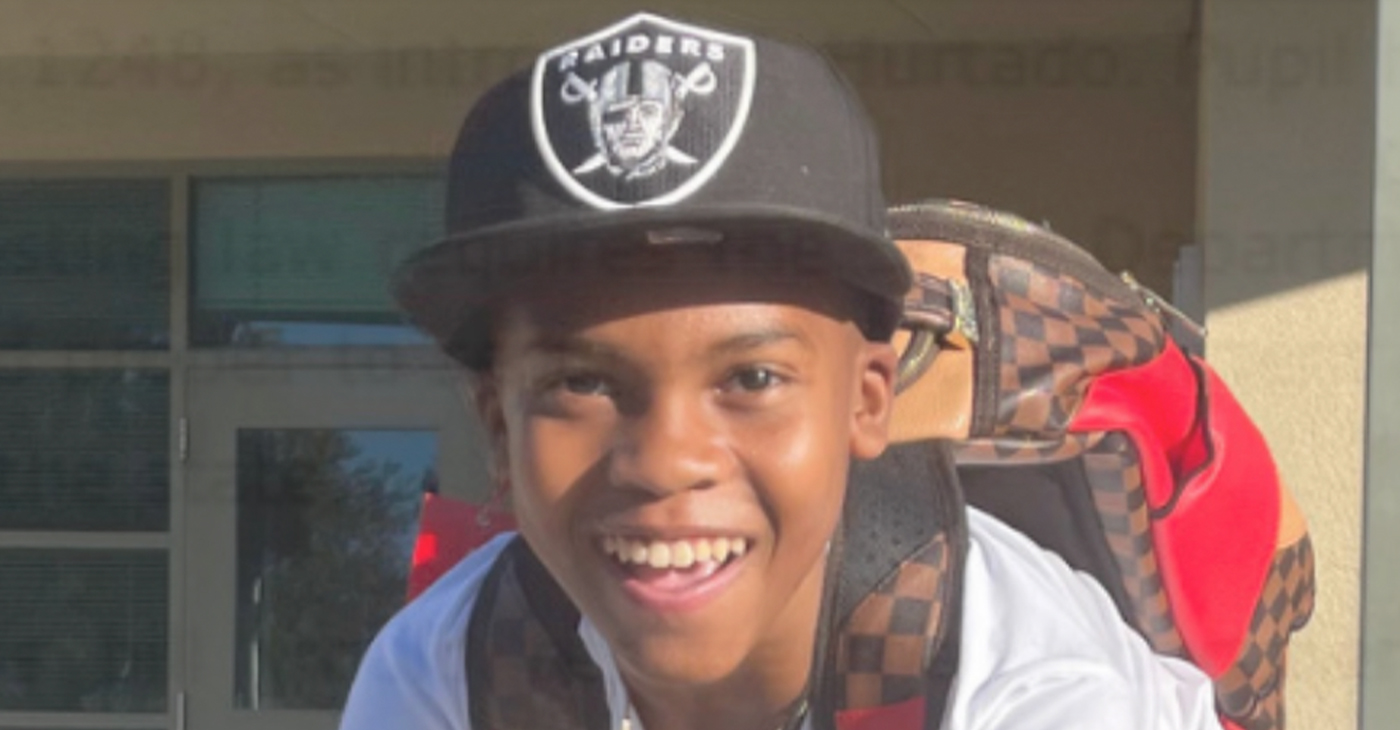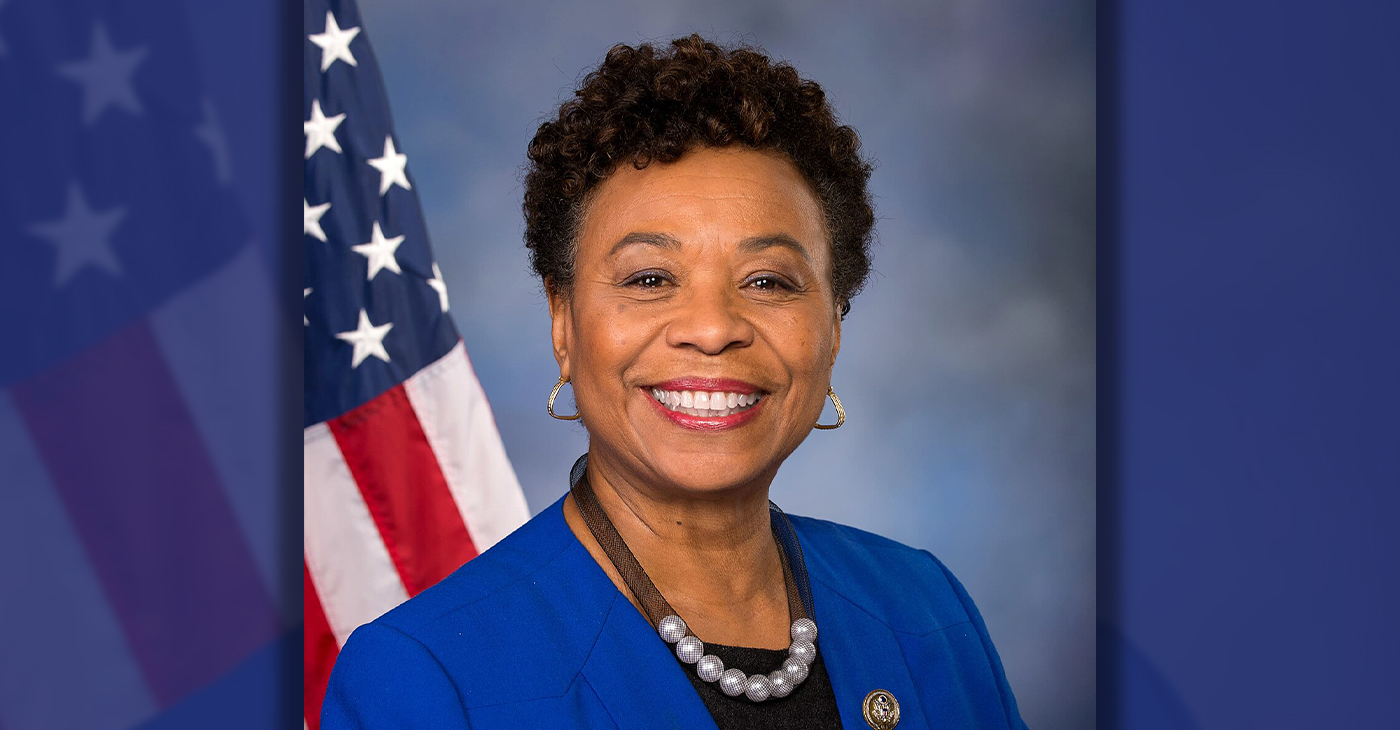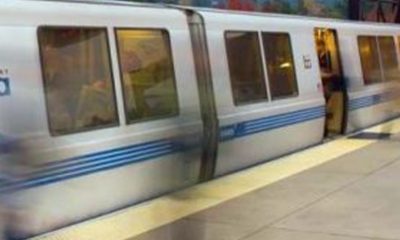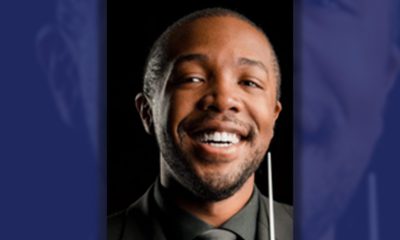News
Las Vegas Not Oakland Raiders NFL Stadium Ready, Here’s Why
Las Vegas is not ready for the Oakland Raiders, nor does it have an NFL Stadium plan. And by “Las Vegas,” this Zennie62.com Zennie Abraham / Zennie62 on YouTube Oakland Post video-blogger means Clark County, Nevada, and the people in charge of leading the effort to draw the Silver and Black away from Oakland.
Fans of the idea of the Oakland Raiders in Las Vegas got really excited when the NFL team’s owner Mark Davis officially filed with the National Football League to relocate to Sin City on Thursday of last week (ironically on the date of the famous “Tuck Rule” NFL Divisional Playoff game that the Raiders lost to the New England Patriots).
Those Vegas fans insisted that the Raiders move to Las Vegas was a “done deal” as some like to tweet from time to time. In point of fact, it’s anything but, and just a look reveals that not only is it not a done deal, but that the Las Vegas planners have a long way to go before they can crow about being ready for the Raiders. That doesn’t come from this blogger’s imagination, but the very Las Vegas Review-Journal itself – the same media organization owned by the family of Las Vegas Sands Founder and CEO Sheldon Adelson. Yes, the same Mr. Adelson who, almost exactly one year ago, began his partnership with Mr. Davis in forming the Raiders-to-Las Vegas plan.
What the Review-Journal did was assemble, in one neat but not-complete package, why Las Vegas isn’t ready – and echoed everything this blogger has said to anyone who would not listen. Let’s take the reasons as a list, and I will add more reasons based on how the Stadium Authority’s enabling legislation was written, and the common steps associated with NFL stadium development.
1. The Las Vegas Stadium Authority is still, as of this writing, in formation. In fact, it’s still so new, it hasn’t even picked out a law firm to represent it, and just installed its newest board member on January 12th.
2. There’s no developer. The initial Las Vegas Sands / Oakland Raiders partnership included Majestic Realty as a third partner – and they were to add a $150 million investment. But on September 13th of 2016, Majestic announced it was leaving the deal, saying that Mr. Adelson wanted to pay for the remainder of the stadium cost himself as a “legacy project.”
3. There’s no Mark Davis deal with Mr. Adelson and Las Vegas Sands. To date, what was expected by some to be smooth sailing to a deal after the Nevada Legislature was strong-armed by Adelson’s deputies (some would say bullied) into passing the controversial $750 million subsidy (with a very tight and unheard of 1.5-to-1 debt coverage ratio), has been anything but. Adelson went public, saying that he could walk away from a plan with Davis if he didn’t get what he wanted. Davis, in turn, let the media float an alternative plan that would remove Adelson and his $800 million investment ($650 million plus the $150 millon gap left when Majestic backed out) – in place was Davis’ questionable claim that Goldman Sachs would finance the monetary hole left in Adelson’s wake, but implying that the investment banking firm would be the investor replacing Adelson. (Questionable because Goldman Sachs does not invest it’s own money in stadiums – just provides financing based on expected cash flows from identified stadium development-related sources.)
4. There’s no named and identified replacement investor for Sheldon Adelson, even with claims that one exists out there, somewhere, no real name or organization has been identified.
5. There’s no deal agreement with the alternative investor to Sheldon Adelson.
6. Because of 3, 4, and 5, there’s no proposed term sheet.
7. Because of 3, 4, and 5, there’s no stadium lease agreement.
8. Because of 3, 4, and 5, the NFL has not weighed in with its opinion.
9. There’s no stadium land deal in place. The Review-Journal explains what many have known for months: that, to quote “64 acres on four parcels bordered by Russell Road, Hacienda Avenue, Polaris Avenue and Dean Martin Drive. It’s just west of Interstate 15 and the Mandalay Bay resort. The Raiders reportedly have an option to buy the unoccupied land.”
10. According to the Nevada legislation enabling the Las Vegas Stadium Authority, once the land is selected, the stadium authority still has to vote to approve it. Moreover, there are other competing ideas for the placement of the stadium, including the reported “67 acres between Las Vegas Boulevard and I-15, just north of Blue Diamond Road” according to the Review-Journal, and the Cashman Site near Downtown Las Vegas, which Las Vegas Mayor Goodman has long favored.
11. Who pays for the $1 billion stadium transportation infrastructure plan that was released by the Nevada Department of Transportation on October 4th of 2016? That plan was hidden from media view and from much of the Nevada Legislature until October 10th, and during the deliberations around the subsidy – news that came close to killing the votes for the bond issue that Las Vegas Sands lobbyists worked overtime to get.
12. Once the Las Vegas Stadium Authority get to the point of approving a deal, if one ever comes to fruition, The Clark County Board Of Commissioners still has to approve the permits and possible needed zoning changes to build the stadium at whatever site is selected. The stadium authority’s legislation does not give it power to totally circumvent Clark County’s Board. In development matters – the authority’s primary role is that of a fiscal agent for the stadium bond issue.
13. Who pays for the $550 million relocation fee from Oakland to Las Vegas? Even at ten years, it still comes to $55 million annually, and thus The Raiders run into the same problem that reared its head in the Carson case last year: the Oakland Raiders have not had net operating incomes over $44 million at any time in the 21st Century. Adding an annual $55 million hit from a $550 million relocation fee (not including interest) drives the team into the red each year.
14. Where does UNLV fit in the Raiders stadium agreement plan? Will the Raiders agree in writing to let UNLV use the stadium rent free, perhaps as a tax-write-off? Will that amount be enough to offset the stadium operating costs for UNLV games the Raiders would eat?
Those are the primary issues outstanding that put Las Vegas, in total, light years behind where Oakland is. Oakland has an investor in The Lott Group and Fortress Investments, land that does not need to be approved for rezoning, a stadium term sheet, approved use of the land via a general plan approved in 2015, an already financed infrastructure plan, a transportation system that does not need to be expanded or upgraded, let alone paid for, and because it’s the Raiders home, no need for a $550 million relocation fee.
Oh, and Oakland has a built-in fan base called Raider Nation that drove a season ticket sellout in 2016 and produced many game ticket sellouts when the team was posting losing seasons.
With all that, why are the Raiders even trying to move to Las Vegas? And why doesn’t the NFL point out just how far Las Vegas really has to go? NFL Stadium point person Eric Grubman has said that the Raiders don’t need to fill out a proposal to file a relocation fee, but once does, their proposal will undergo NFL scrutiny, and soon. Still, Grubman should weigh in on Las Vegas’ many problems to date.
With Las Vegas having so many problems, Grubman is right to tell Oakland officials that it’s task is to form a stadium plan, and not an answer to Sin City. Oakland Mayor Libby Schaaf needs to shift her words to avoid using terms like “competitive” and because Vegas has nothing to compete against. But what the NFL wants Oakland to do is compete against the state of stadium development art. To take this deal to the next level. In the near future, I’ll explain what that looks like.
Stay tuned.
Activism
Oakland Post: Week of April 17 – 23, 2024
The printed Weekly Edition of the Oakland Post: Week of April 17 – 23, 2024

To enlarge your view of this issue, use the slider, magnifying glass icon or full page icon in the lower right corner of the browser window. ![]()
California Black Media
Yahushua’s Law: Senate Advances Bill to Protect Students from Extreme Weather
In a significant move towards student safety, the California Senate Education Committee passed Senate Bill (SB) 1248, also known as Yahushua’s Law, on April 3. The bill is named in memory of Yahushua Robinson, a 12-year-old student from Lake Elsinore, who tragically died due to a heat-related illness during a physical education class in 2023. It is a pioneering effort to prevent similar incidents in the future.

By California Black Media
In a significant move towards student safety, the California Senate Education Committee passed Senate Bill (SB) 1248, also known as Yahushua’s Law, on April 3.
The bill is named in memory of Yahushua Robinson, a 12-year-old student from Lake Elsinore, who tragically died due to a heat-related illness during a physical education class in 2023. It is a pioneering effort to prevent similar incidents in the future.
Authored by Senator Melissa Hurtado (D-Bakersfield) and co-authored by Assemblymember Akilah Weber, M.D. (D-La Mesa), SB 1248 directs the California Department of Education to develop comprehensive guidelines for schools regarding student activity during all extreme weather conditions.
“No student should ever lose their life on campus to extreme weather when we can take steps to protect them by preparing statewide plans to minimize exposure to the most harmful elements of exposure,” Hurtado said after introducing SB 1248.
The bill stipulates that schools must implement safety measures which include monitoring weather forecasts, postponing or relocating outdoor activities during hazardous conditions, and ensuring students have proper hydration and access to shade. It also requires schools to establish clear communication plans to keep parents, teachers, and students informed about potential weather hazards.
Supporters of the bill include the Robinson family, advocate Christina Laster, Bold Enterprises LLC, California Black Women’s Collective Empowerment Institute, Familias Empoderadas del Valle Central National Action Network, The Black Student Advocate, and the Ventura County Alumnae Chapter of Delta Sigma Theta Sorority.
Thanking Hurtado for introducing this crucial legislation, Weber said, “The story of Yahushua Robinson last year was heartbreaking. We have protections for farm workers and other industries in the case of extreme weather, now climate change is forcing us to also extend similar protections to students at school.”
Barbara Lee
Congresswoman Barbara Lee Issues Statement on Deaths of Humanitarian Aid Volunteers in Gaza
On April 2, a day after an Israeli airstrike erroneously killed seven employees of World Central Kitchen (WCK), a humanitarian organization delivering aid in the Gaza Strip, a statement was release by Rep. Barbara Lee (D-CA-12). “This is a devastating and avoidable tragedy. My prayers go to the families and loved ones of the selfless members of the World Central Kitchen team whose lives were lost,” said Lee.

By California Black Media
On April 2, a day after an Israeli airstrike erroneously killed seven employees of World Central Kitchen (WCK), a humanitarian organization delivering aid in the Gaza Strip, a statement was release by Rep. Barbara Lee (D-CA-12).
“This is a devastating and avoidable tragedy. My prayers go to the families and loved ones of the selfless members of the World Central Kitchen team whose lives were lost,” said Lee.
The same day, it was confirmed by the organization that the humanitarian aid volunteers were killed in a strike carried out by Israel Defense Forces (IDF). Prior to the incident, members of the team had been travelling in two armored vehicles marked with the WCF logo and they had been coordinating their movements with the IDF. The group had successfully delivered 10 tons of humanitarian food in a deconflicted zone when its convoy was struck.
“This is not only an attack against WCK. This is an attack on humanitarian organizations showing up in the direst situations where food is being used as a weapon of war. This is unforgivable,” said Erin Gore, chief executive officer of World Central Kitchen.
The seven victims included a U.S. citizen as well as others from Australia, Poland, the United Kingdom, Canada, and Palestine.
Lee has been a vocal advocate for a ceasefire in Gaza and has supported actions by President Joe Biden to airdrop humanitarian aid in the area.
“Far too many civilians have lost their lives as a result of Benjamin Netanyahu’s reprehensible military offensive. The U.S. must join with our allies and demand an immediate, permanent ceasefire – it’s long overdue,” Lee said.
-

 Activism4 weeks ago
Activism4 weeks agoOakland Post: Week of March 27 – April 2, 2024
-

 #NNPA BlackPress4 weeks ago
#NNPA BlackPress4 weeks agoCOMMENTARY: D.C. Crime Bill Fails to Address Root Causes of Violence and Incarceration
-

 #NNPA BlackPress4 weeks ago
#NNPA BlackPress4 weeks agoMayor, City Council President React to May 31 Closing of Birmingham-Southern College
-

 #NNPA BlackPress4 weeks ago
#NNPA BlackPress4 weeks agoBeloved Actor and Activist Louis Cameron Gossett Jr. Dies at 87
-

 Community1 week ago
Community1 week agoFinancial Assistance Bill for Descendants of Enslaved Persons to Help Them Purchase, Own, or Maintain a Home
-

 Activism3 weeks ago
Activism3 weeks agoOakland Post: Week of April 3 – 6, 2024
-

 Business1 week ago
Business1 week agoV.P. Kamala Harris: Americans With Criminal Records Will Soon Be Eligible for SBA Loans
-

 Activism2 weeks ago
Activism2 weeks agoOakland Post: Week of April 10 – 16, 2024























































